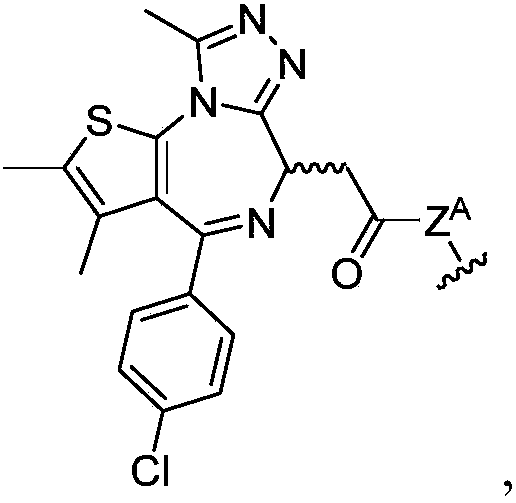Use of compositions modulating chromatin structure for graft versus host disease (GVHD)
A graft-versus-host, disease technology, used in drug combinations, allergic diseases, medical preparations containing active ingredients, etc., can solve problems such as resistance, patient infection or cancer recurrence
- Summary
- Abstract
- Description
- Claims
- Application Information
AI Technical Summary
Problems solved by technology
Method used
Image
Examples
Embodiment 1
[0521] method
[0522] On days -3 and -2 (120 mg / kg / day i.p.), B10.BR recipients were conditioned with cyclophosphamide. On Day -1, recipients received TBI (8.3 Gy) by X-ray. B6 donor BM were T cells depleted with anti-Thyl.2 mAb followed by rabbit complement. Purified from spleens by incubation with biotinylated anti-CD19, anti-CD11b, anti-CD11c, anti-NK1.1 and anti-γδTCR (eBioscience) followed by incubation with streptavidin beads and depletion with magnetic columns (StemCell Technologies) T cells. On day 0, purified T cells (0.075-0.1x10 6 ), the receiver accepts 10×10 6 T cell depleted BM cells. Body weights of individual mice were recorded weekly. When indicated, recipients in the BM and T cell groups were given an EZH2 inhibitor (10% hydroxypropyl-β-cyclodextrin and JQ-EZH2-5 in DMSO in a 9:1 ratio (75 μg / animal / week 3 times) or JQ1 (50 μg / animal / day)) or Bcl 79-6 in PBS (50 μg / animal / 3 times a week).
[0523] result
[0524] Bcl6 in T-cells is required for ...
Embodiment 2
[0560] EZH2 knockout bone marrow and Treg with or without JQ5 inhibition
[0561] Table 5 provides a schematic representation of the animal model protocol used for this experiment.
[0562] table 5
[0563]
[0564] Animals in this experiment were transplanted with wild-type or EZH2-knockout BM and wild-type or EZH2-knockout BM T-cells, then treated with vehicle or an EZH2 inhibitor (JQ5).
[0565] Specifically, B10.BR mice were conditioned with 120 mg / Kg cyclophosphamide on days -3 and -2 and subjected to whole body irradiation (830X) on day -1. On day 0, mice were transplanted with wild-type B6 bone marrow with or without splenocytes or purified splenic T cells. On day 28 after transplantation, mice were dosed with vehicle control or JQ5 (75 mg / Kg, 3x weekly) until day 56. On day 60, mice were subjected to the forced oscillatory technique on the Scireq Flexivent system. Tissues were collected and analyzed for collagen deposition by trichrome staining, Ig deposition, pre...
PUM
 Login to View More
Login to View More Abstract
Description
Claims
Application Information
 Login to View More
Login to View More - R&D
- Intellectual Property
- Life Sciences
- Materials
- Tech Scout
- Unparalleled Data Quality
- Higher Quality Content
- 60% Fewer Hallucinations
Browse by: Latest US Patents, China's latest patents, Technical Efficacy Thesaurus, Application Domain, Technology Topic, Popular Technical Reports.
© 2025 PatSnap. All rights reserved.Legal|Privacy policy|Modern Slavery Act Transparency Statement|Sitemap|About US| Contact US: help@patsnap.com



